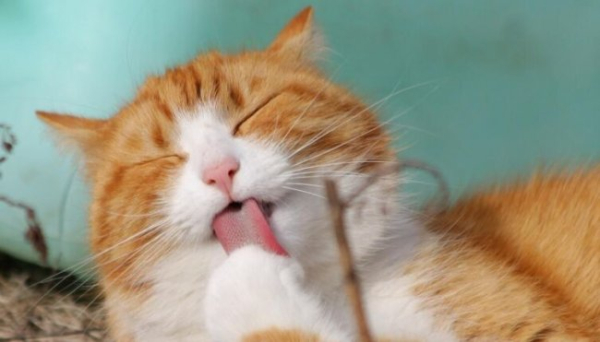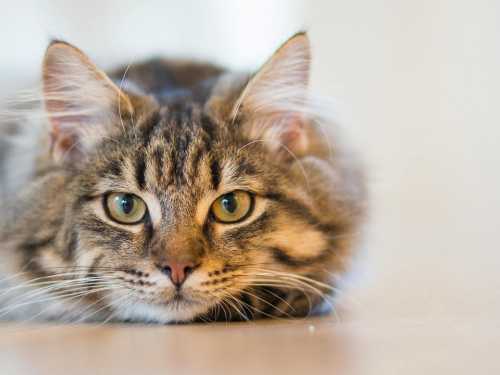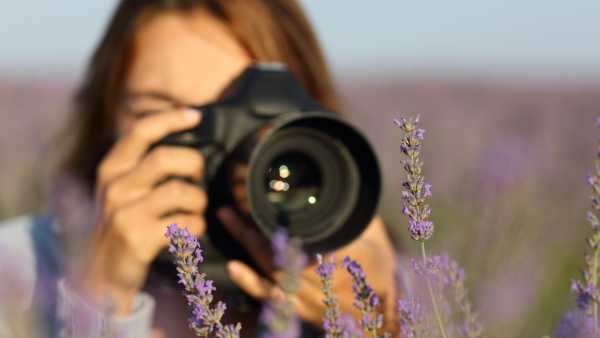
Of course, many have observed cats washing themselves and sparrows splashing in the dust. Tigers and jaguars love to swim and simply lie in the water, and Japanese macaques bask in hot springs. However, the animal kingdom has ways of staying clean that evoke surprise and a smile.
Let's take a look at the birds on a “bath day”.
Imagine a nearly two-meter-long, 55-kilogram bird slowly and gracefully entering a river. It's an Australian emu . Gracefully squatting, it ruffles and shakes its feathers, and then launches into the water! Incidentally, it's a truly magnificent swimmer.
But his closest neighbor, the cassowary , weighing 85 kg, not only loves to swim, but also manages to catch fish at the same time!
However, the white heron's “bathing traditions” are somewhat different. It turns out there are areas on the bird's body where tufts of very fragile down are hidden. Combing its beak and claws, the bird dusts itself with fluffy feather powder. Incidentally, the claw on its foot is jagged, hence its nickname, “toilet comb.” Then, the long-legged beauty takes a bath and, washing away the remaining powder, surely feels a certain avian satisfaction, as bathing helps it always remain fabulously beautiful.
Interestingly, peacocks , so reminiscent of magical firebirds, bathe in road dust like our sparrows. However, they also love rain and are keenly aware of its approach. Before thunderstorms or monsoon downpours, peacocks loudly “meow,” and Hindus translate these sounds as “Rain, come!” Incidentally, peacocks' attraction to monsoons is not surprising; it's during this time that not only their bathing season but also their lovemaking begins!
What is an ant bath? It turns out that the African pangolin prefers “ant baths.” Just imagine a five-foot-tall animal, its body almost completely covered in horny scales, crawling into an anthill. Needless to say, the “bath” is quite excruciating, as the angry insects crowd under the animal's shell and begin to bite furiously.
However, the cunning animal soon snaps shut its horny armor, and the formic acid bath successfully completes its beneficial work. Incidentally, pangolins have been observed to enjoy rain baths, which in zoos are often replaced by a simple shower!
How can you keep your cat's beautiful fur perfectly clean?
Incidentally, the fur of the mountain rodent chinchilla is distinguished by its astonishing qualities: it's incredibly dense yet lightweight. It's only slightly heavier than thick silk. Coats made from it cost tens of thousands of dollars! As it turns out, this silvery-gray, pearl-like animal, which lives in the Andes, bathes in volcanic ash every day!
Interestingly, the bathing procedures of bears and elephants may not be so exotic, but for some reason they evoke an approving smile.
One night while fishing, we witnessed a remarkable scene. A mother bear was bathing her cubs. It was a bright, moonlit night, so we could clearly see her carrying a cub into the river and gently dipping him up to his muzzle. She purred softly, as if she were telling him something.
It's surprisingly pleasant to see elephants bathing; they swim, dive, and sometimes simply splash themselves with water. Incidentally, if the natural reservoir is small, elephants build dams by damming streams with stones and branches. These animals are generally very intelligent and easily trained.
Igor Petrovich Sosnovsky, director of the Moscow Zoo, recounted how he observed a one-year-old elephant calf at the Delhi Zoo who had learned to turn on the faucet. The baby drank water, took a shower, and then, with a sweet “smile,” ran off. However, he didn't think it necessary to turn off the faucet. Apparently, he wanted to share his joy with others.
I'd like to tell you about exotic “aroma baths” separately. It turns out that capuchin monkeys love to rub their fur with pieces of lemon, orange, onion, and even cologne!
However, hedgehogs use some very strange objects as “bath accessories.” Imagine them gnawing and licking book bindings, soap, glue, cigarettes, cotton wool soaked in valerian or cologne, flowers, newspapers, and even toads! They then coat their quills with the saliva they produce, creating a protective film. Incidentally, toads' skin produces antibiotic substances, so their behavior is quite intelligent.
It's hard to believe, but whales also have “baths.” It's been discovered that these sea giants spend a month or more in them! In Antarctica, baleen whales swim for kilometers in search of a hole in the ice.
It turns out that in warm, salty water, the bodies of these giant animals become coated with algae, mollusks, and crustaceans. Up to 500 kg of these growths can be collected from a single animal! By adding weight, they hinder the whale's movement and disturb its movements. However, the fresh water from the melting ice kills these uninvited guests, and after their basking procedures, the whales undoubtedly experience a sense of relief and calm.
There are so many funny moments in the bathing process for different animals. All that's left to do is wish them… happy bathing!





